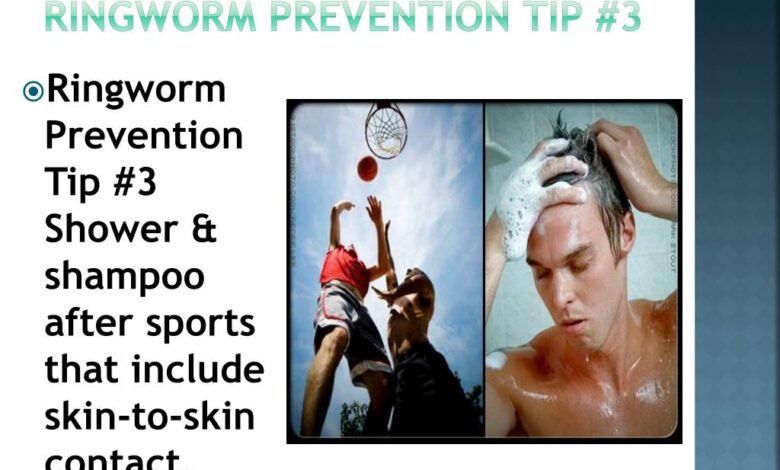RINGWORM: PRESENTATION AND PREVENTION

Ringworm is a fungal skin condition that is referred to by some other medical terms called dermatophytosis, dermatophyte infection, or tinea. The term “ringworm” is a misnomer as the causative agent is a fungus and not a worm. Its name comes from the way the infection’s resulting lesion resembles a worm in the form of a ring.
Typically, the term “ringworm” is only used to refer to tinea capitis or tinea corporis, which affect the body (ringworm of the scalp). It is occasionally used to describe tinea infections in other places, such as tinea cruris (ringworm of the groin).
If you see a ring-like lesion appearing on the skin, you must immediately consult a Dermatologist for your concern.
What Does It Look Like?
Animals and people can both contract ringworm. Initial symptoms of the infection include discoloured, frequently itchy, and scaly patches on the affected areas. On lighter skin, these patches usually seem red, but on darker skin, they appear brown-gray.
The symptoms are usually determined by the location of the infection. You can anticipate the following symptoms if you have a skin infection:
- Itchiness
- Plaques (elevated lesions that have itchy or scaly red, brown, or grey patches or scales)
- A flat, round patch of itching skin that develops blisters or pustules
- Round lesions that mimic rings but are darker on the outside
- Overlapping rings
- Hair loss in the affected area
Who Should Be Worried About Contracting Ringworm?
Ringworm can affect anyone, however, you may be more vulnerable if you reside in a warm, humid climate, if you are engaged in contact sports (such as football or wrestling) or if you regularly use public restrooms or showers. Any physical interaction with infected animals, wearing skin-hugging footwear or clothing, or sharing it with infected individuals can predispose you to contract ringworm.
Diabetes mellitus, obesity, excessive sweating, or compromised immune system are equally accountable for the susceptibility of an individual towards developing ringworm. The infection can occasionally be transmitted to people by contact with contaminated soil. Most likely, only continuous contact with extremely contaminated soil would result in infection.
Prevention
Ringworm is challenging to avoid. The fungal infection can spread even before symptoms manifest. By following these preventive methods, you can greatly lower your risk of developing ringworm:
- Teach others and yourself! Recognize the possibility of ringworm from infected individuals or animals. Inform your kids about ringworm, including symptoms to look out for and ways to prevent infection.
- Stay tidy. Regularly wash your hands. Keep communal spaces tidy, especially in gyms, locker rooms, schools, and childcare facilities. If you play a contact sport, wash your uniform and equipment right away after every session.
- Keep dry and cool. When it is hot and humid outside, avoid wearing heavy apparel for extended periods. Perspiring a lot can get you in trouble!
- Do not touch diseased animals. The illness frequently resembles a patch of skin without fur. Ask your veterinarian to inspect your pets or other animals for ringworm.
- Do not exchange private goods. Do not allow anyone to use your personal items, including your clothes, towels, hairbrushes, and sporting equipment. And refrain from borrowing such items.
If you still cannot evade an infection, you must seek help from a Skin Specialist in Karachi to provide your skin the care it needs.




